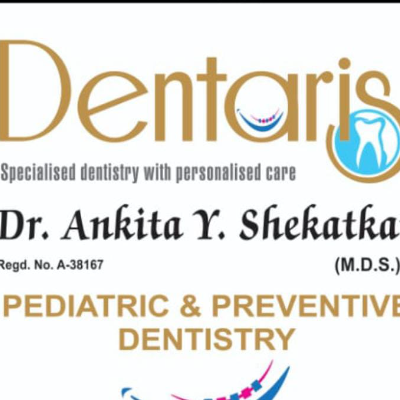+918048036116

This is your website preview.
Currently it only shows your basic business info. Start adding relevant business details such as description, images and products or services to gain your customers attention by using Boost 360 android app / iOS App / web portal.
Description
Ceramic dental crowns are tooth-shaped caps made entirely from ceramic or porcelain materials and are used to cover and protect damaged or weakened teeth. They are popular in restorative and cosmetic dentistry due to their ability to mimic the appearance of natural teeth. Here's a detailed description: ### *What Are Ceramic Dental Crowns?* - *Material:* Ceramic crowns are crafted from high-quality, durable ceramic materials like porcelain or zirconia, which closely resemble the natural color and translucency of teeth. - *Purpose:* They are used to restore the shape, size, strength, and appearance of a tooth that has been significantly damaged, decayed, or worn down. They can also be used to cover dental implants, hold dental bridges in place, or improve the appearance of misshapen or discolored teeth. ### *Advantages:* 1. *Aesthetics:* - Ceramic crowns are highly aesthetic and can be matched to the color of the surrounding natural teeth, making them ideal for use on front teeth. - They have a translucent quality similar to natural enamel, which makes them visually appealing and less noticeable. 2. *Biocompatibility:* - Ceramic materials are biocompatible, meaning they are generally well-tolerated by the body and less likely to cause allergic reactions or gum irritation compared to metal-based crowns. 3. *Durability:* - Modern ceramic materials, like zirconia, offer high strength and durability, making them suitable for use on both front and back teeth. 4. *Stain Resistance:* - Ceramic crowns are resistant to staining, maintaining their color over time even with exposure to foods and drinks that typically stain natural teeth. ### *Disadvantages:* - *Brittleness:* Although strong, ceramic crowns can be more brittle than metal-based crowns, making them more susceptible to chipping or cracking under extreme pressure, especially if the patient has a habit of grinding or clenching their teeth (bruxism). - *Cost:* Ceramic crowns tend to be more expensive than other types of crowns, such as those made from metal alloys or porcelain fused to metal (PFM). - *Tooth Preparation:* To accommodate the thickness of the ceramic crown, more of the natural tooth structure may need to be removed compared to other types of crowns. ### *Process of Getting a Ceramic Crown:* 1. *Preparation:* The dentist prepares the tooth by removing any decay and shaping the tooth to fit the crown. 2. *Impression:* An impression of the prepared tooth is taken to create a model for the custom-made crown. This impression may be done traditionally with a mold or digitally with a scanner. 3. *Temporary Crown:* A temporary crown may be placed to protect the tooth while the permanent crown is being made in a dental laboratory. 4. *Fitting and Bonding:* Once the custom crown is ready, the dentist checks the fit and color, makes any necessary adjustments, and then permanently bonds the crown to the tooth using dental cement. ### *Maintenance:* - *Oral Hygiene:* Ceramic crowns require the same level of care as natural teeth, including regular brushing, flossing, and dental check-ups. - *Avoid Hard Foods:* To prevent chipping or cracking, it’s advisable to avoid biting down on hard objects like ice, hard candies, or nuts. Ceramic dental crowns are a reliable and aesthetically pleasing solution for restoring damaged teeth while maintaining a natural-looking smile.

